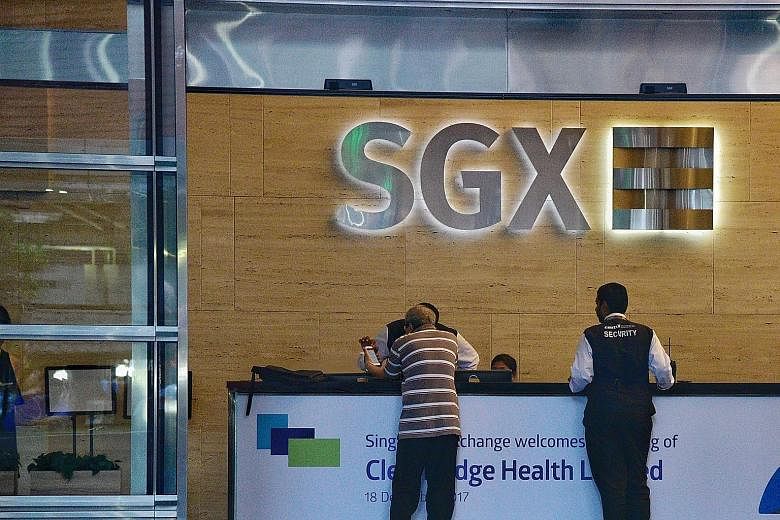BANGKOK • Dividend-dependent investors were best served by the Asia-Pacific region last year, with Australia's benchmark index offering the highest yield among developed countries and Singapore providing nearly ubiquitous payouts.
Singapore and the Philippines led the world in the proportion of companies that made or pledged dividend payments, with about 97 per cent of firms in both Singapore's Straits Times Index and the Philippine Stock Exchange PSEi Index having an ex-dividend date for the 12 months through Dec 31, according to an analysis of about 70 national equity benchmarks by Bloomberg. In fact, eight of the top nine markets with the most prevalent payout ratios were from the Asia-Pacific region, with South Africa as the only outlier.
Thailand, Hong Kong, India, Malaysia, Australia and China were the other leaders, with more than 90 per cent of companies in their benchmark gauges offering dividends.
By contrast, 70 per cent of Standard & Poor's 500 Index member stocks set at least one ex-dividend date in 2017. Japan was even more of a laggard among advanced markets, with only 20 per cent of Nikkei 225 companies declaring payouts.
Australia's S&P/ASX 200 Index offered the highest dividend yield among developed markets - 4.18 per cent - followed by Norway at 4.08 per cent and the United Kingdom's 4.02 per cent. The MSCI EAFE, a gauge of developed markets that does not include the United States, closed the year with 3.02 per cent. The yield for S&P 500 companies averaged 1.89 per cent, with figures based on gross payout.
Australia's benchmark index has consistently yielded 4 per cent or more this decade. Bloomberg research excluded dividend types that are neither recurring, such as partnership distribution, nor those that signify less than positive prospects such as discontinued and liquidating dividends.
The ratio of index members paying dividends was based on companies with at least one ex-dividend date, or the last day the owner is entitled to receive the payment should he or she decide to sell the stock during the calendar year.
A new tax law taking effect in the US this year may see an earnings bump, particularly for those domiciled outside of the country.
Research firm IHS Markit predicts annual dividend growth to slow to 7.7 per cent in the US, one percentage point below the 2017 rate, yet noted the reforms could potentially push the eventual growth rate above 10 per cent.
At the end of last year, 31 companies in the S&P gauge were incorporated outside of the US, including some involved in the biggest inversion deals in recent years: semiconductor maker Broadcom, through its merger with the Singapore-based Avago Technologies; and pharmaceuticals firm Mylan setting up in the Netherlands after buying some generic drug assets from Abbott Laboratories.
BLOOMBERG

